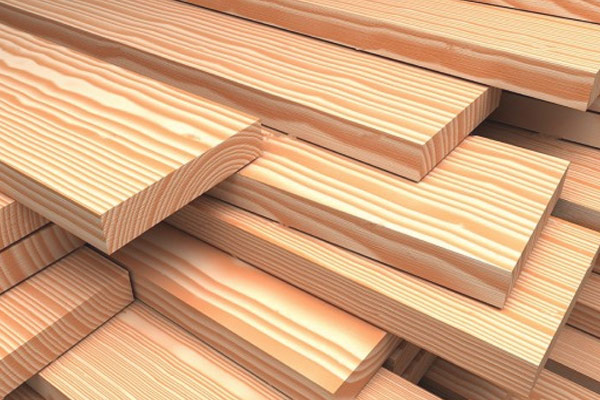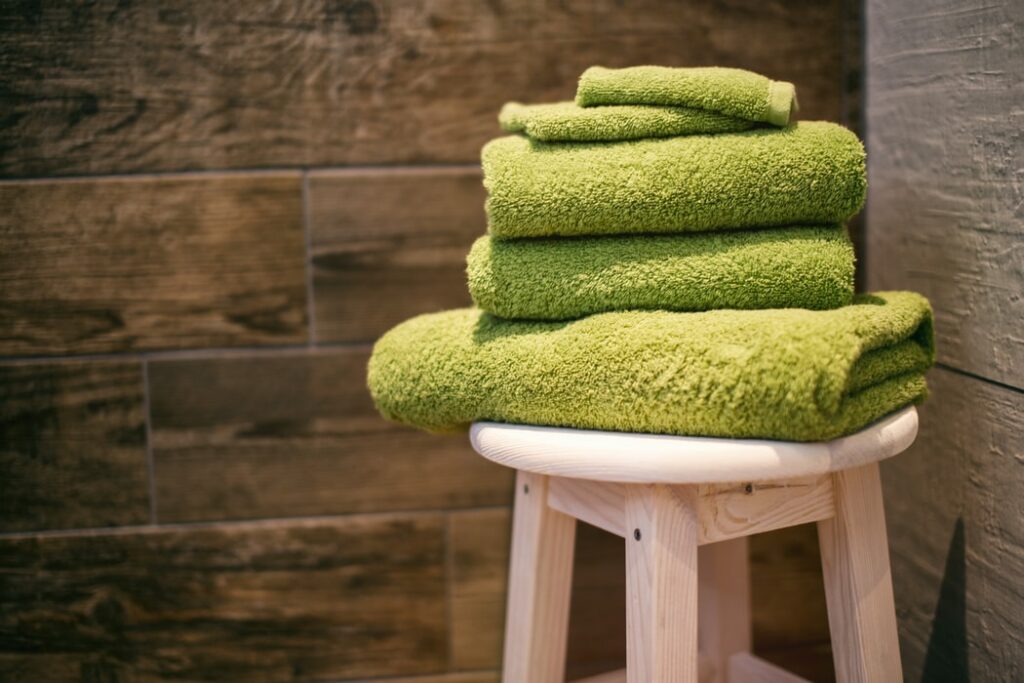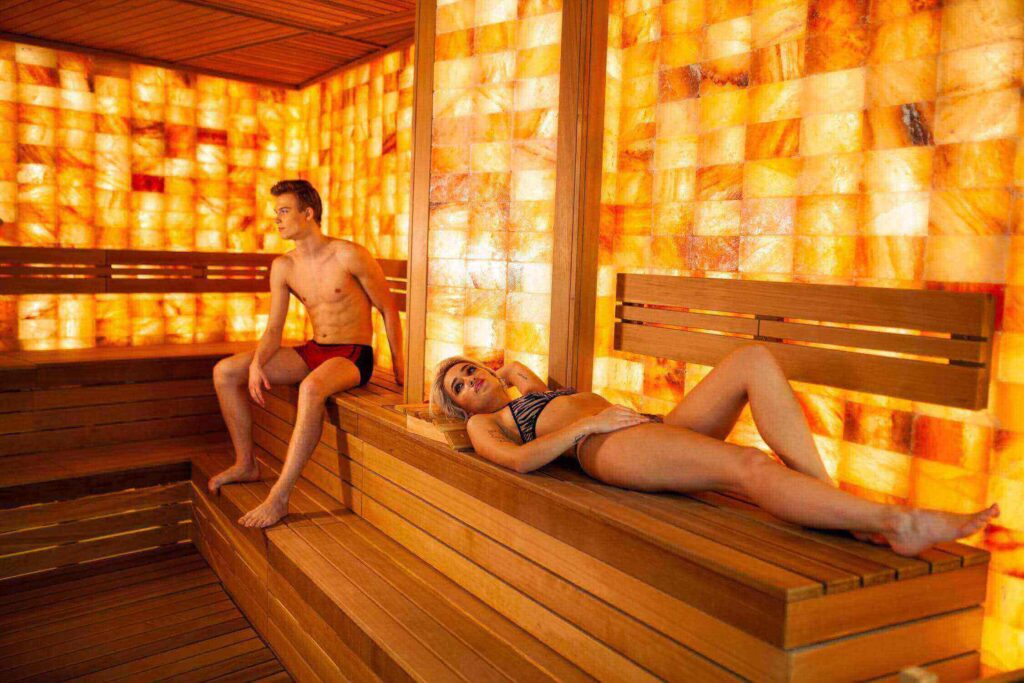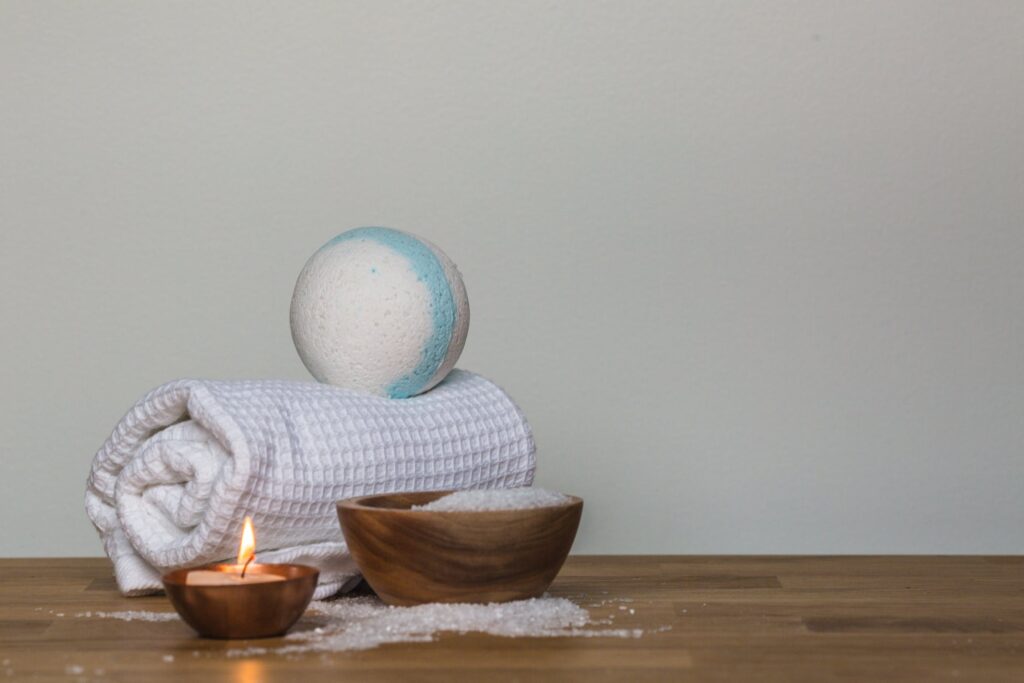What goes into making one of those portable saunas that people love to take on camping trips? The key is in the materials chosen for their construction. Building these restorative havens relies heavily on the quality of the materials used from the inside out. So, let's go into the portable sauna building and find out what is needed to make this thing work.
Portable saunas rely on a clever blend of materials to generate their relaxing embrace. The use of high-quality timbers like cedar and hemlock in their construction guarantees the sauna's durability and imparts a pleasant aroma. Non-toxic insulation materials are commonly used inside, and they help with heat retention and keep the outside feeling nice and toasty. Tempered glass doors are more aesthetically pleasing since they are transparent and can tolerate high temperatures without breaking.
However, these materials are just the beginning for building portable saunas. Every aspect of a sauna, from the state-of-the-art heating components to the comfortable seats, contributes to the overall quality of the experience. Without further ado, let's get down to brass tacks and delve into the complex realm of portable sauna building with the help of some of the world's most famous wellness architects and engineers.
Interested in learning more about the sauna industry? Have you ever wondered how the right proportions of wood, insulation, and glass might result in the perfect place to unwind? Come along as we explore the world of portable sauna supplies, armed with knowledge from industry leaders. Learn about the technological and artistic advancements that have made portable saunas a category unto itself.
Fabrication Components of a Portable Sauna.
Wood is the primary building material in a sauna, both for the benches and the inside panelling. Nowadays, many people take advantage of the health advantages of sauna treatment by using portable saunas, which may be used at home or on the road. Materials employed in building these portable saunas significantly impact their efficiency, longevity, and customer satisfaction. In this piece, we'll explore several options for portable sauna construction and emphasise the advantages of each.
Hemlock Wood
Hemlock wood is commonly used for portable saunas because it is resistant to warping when exposed to high heat. The natural scent of the wood enhances the therapeutic value of the sauna experience. The sauna's structural integrity and visual quality will be guaranteed by its long lifespan, thanks to its durability.
Cedarwood
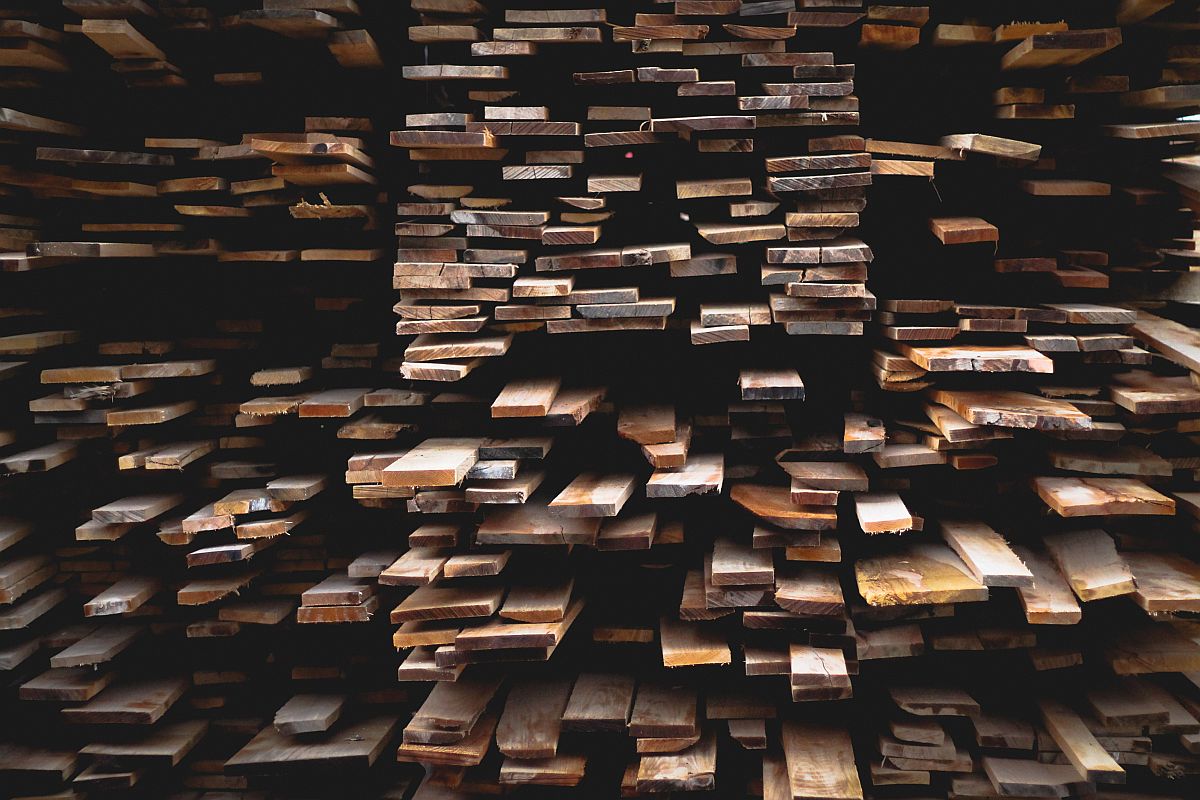
Because of its high durability and pest resistance, cedarwood is often used in portable saunas. Cedarwood is a popular choice for saunas since it is long-lasting and has a lovely aroma. Because of its insulating qualities, wood is ideal for use in saunas.
Ceramic Tiles
The walls of portable saunas are frequently tiled with ceramic. These tiles are aesthetically pleasing and practical since they help disperse heat in a room. They can be disinfected quickly and easily, making them ideal for a sauna.
Stainless Steel
Heating components in portable saunas are often made of stainless steel. These components will last longer and radiate heat more effectively because of the material's resistance to corrosion. The sleek and contemporary appeal of stainless steel enhances the sauna's overall design.
Tempered Glass
The walls of portable saunas are typically made of tempered glass to give the impression of more room. These panels not only look nice, but they also keep people secure while still letting them feel like they're a part of their environment. It is safe to use tempered glass in a sauna since it is resistant to the high temperatures produced there.
Aluminum Foil Vapor Barrier
The aluminium foil vapour barrier is an integral part of any portable sauna's structure, as it helps to reflect heat into the sauna room. This reduces wasteful heat loss, which in turn increases energy efficiency. As a bonus, it helps keep the sauna at a constant temperature.
Natural Stone
The floors of portable saunas are frequently tiled with natural stone. Because of the stone's ability to hold heat, sauna goers may relax in comfort while they soak up the health advantages. Natural stone is safer since its rough surface reduces the possibility of slipping.
Insulation Materials
Proper insulation is essential to keep the sauna at a suitable temperature while minimising energy use. Insulating materials like mineral wool or fibreglass are often used to keep the sauna's exterior from being too hot to touch.
Buckles and Fasteners
The structural stability of portable saunas relies heavily on high-quality buckles and fasteners produced from materials like stainless steel. They keep the sauna together and help prevent it from coming apart while in use.
Each sauna component, from the hemlock wood used to heat the room to the stainless steel heating components, contributes something unique to the overall experience. The carefully selected components of portable saunas provide for a restful and pleasant experience, whether the goal is to de-stress, cleanse the body, or increase blood flow.
Best Wood For Your Sauna
This series of articles is for you if you've ever entertained the idea of constructing your own sauna. Each of our sauna construction articles will cover a different element starting today. DIY sauna construction is no easy feat, but we'll provide you with all the information you need to succeed in our next essay series. As promised, let's take a closer look at the various species of wood available for use in a home sauna today.
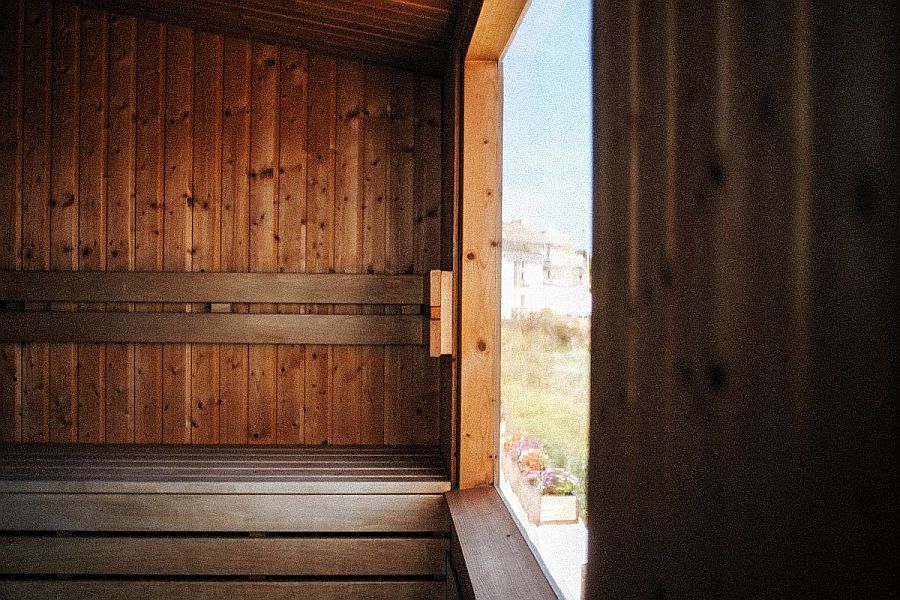
Not all wood is the same, and there are several options that make for excellent sauna bench and wall materials. So, let's get to work and settle once and for all what kind of wood is ideal for building a sauna in the comfort of one's own house.
How To Build Your Own Sauna At Home?
The first and arguably most crucial factor is deciding what kind of sauna to construct. The sort of heating element you choose and the materials you use to construct it will be determined by this choice. There's a wide variety of sauna designs, but generally speaking, there are three types of sauna technology:
- Infrared Saunas
- Stream Room/Turkish Bath
- Dry Saunas
Once you've decided on the style of house sauna you want to construct, the next step is to research which types of wood are most suited for your project.
When To Build A Sauna
If you enjoy the therapeutic effects of heat, you may be amazed to learn how easy and inexpensive it is to construct your sauna. You may save time and money by turning an unused room into a sauna or building a standalone sauna in the backyard rather than travelling to a gym or spa and paying to use their steam room.
However, the decision to construct a sauna may appeal to some. While saunas are wonderful for their users, others may be concerned about their upkeep or safety. Remember that saunas aren't a selling point for everyone when advertising your house for sale. But if you're not going anywhere and want the health benefits of a sauna without leaving your house, then it makes sense to construct your own.
What Timber Are Saunas Made From?
Only a few species of wood are suitable for building saunas. There are several advantages to using these woods in the construction of a sauna, as you will see. Commercial and do-it-yourself saunas often use the following types of wood:
- Common Aspen
- Redwood
- American or White Ash
- Alaskan Yellow Cedar
- Scots & Radiata Pine
- Basswood
- Black Alder
- Western Hemlock
- Western Red Canadian Cedar
Any of these woods will work well for sauna walls and seats. However, the best choice would depend on your preferences and the price range you're working with.
What Is The Best Wood For The Construction Of Your Sauna?
While there is no definitive answer to this issue, the Grade 'A' Clear Western Red Canadian Cedar used in our saunas is the greatest option for your do-it-yourself sauna. For a home sauna, we recommend Red Canadian Cedar for several reasons. Because of its low density, our Red Canadian Cedar heats quickly and cools off just as quickly, helping you to minimise your energy bills.
Because the wood we use repels water, resists high temperatures, and fights wood rot and other fungus that could make their way onto the wood, we can give lifetime guarantees on our Infrared Saunas.
In addition to being a high-quality wood, it also features appealing and unusual textures, making it an excellent choice for the inside or outside panelling of your home sauna. An essential thing to keep in mind when deciding which wood to use for your sauna is that it can:
- Resist high temperatures
- Is antifungal
- Is antibacterial
- Repel water
- Non-Toxic
- Resists warping
Things to Think About Before Constructing a Sauna
There are a few choices to be made before you can begin.
Prepare the Site, Scale, and Layout
A flat, open area outside with enough capacity for a cube of six feet on a side and seven feet in height is required. You may utilise a huge indoor place like a basement or a bathroom. A good rule of thumb is to allow two feet of internal bench space for everyone using the room.
Choose a Kit or Build From Scratch
Buying a sauna kit and putting it together is far less complicated than starting from scratch. Both indoor and outdoor spaces may be transformed with the help of a kit.
Decide on a Heat Source
Saunas can be heated with wood, electricity, or gas. Indoors, infrared heating systems benefit the most from electricity because of their versatility and ease of use. Gas is a quick and effective fuel source. Outdoor and off-grid saunas often use wood as fuel, although this heating method takes significantly longer and needs greater attention throughout the sauna session.
Choose the Materials
If you're starting from scratch, pick a softwood that can bend without breaking and won't warp when exposed to water. The most well-liked option is cedar. Poplar, basswood, pine, and hemlock are some other choices that also work well. Concrete, tile, or wood can all work for the flooring. Use fibreglass and an aluminium vapour barrier when insulating the walls and ceiling.
Add Personalized Features
When you construct your sauna from the ground up, you get to make it exactly how you want it. Add double-paned windows (not next to the heater), another door, or a special bench arrangement. Consider the surrounding area while designing your bathroom, cellar, or outdoor space.
Tools
- Pencil
- Hammer or nail gun air compressor
- Measuring tape
- Saw
- Drill and drill bits
- Level
- Staple gun
Materials
- Light switch
- Sauna foil vapour barrier
- Wet/dry-rated light fixture
- Nails
- Tongue and groove wood panelling and bench lumber (cedar) or home sauna kit
- Fiberglass insulation
- Galvanized deck screws
- Foil barrier
- Sauna heater
- Fuel source: Electrical wiring (for electric heaters), Gas pipe (for gas heaters), or Firewood (for wood heaters)
- Staples
- GFCI outlet
- Sauna door
FAQs About Sauna
Portable saunas are constructed using a variety of materials to ensure durability, insulation, and safety. Common materials include:
- Portable saunas are constructed using a variety of materials to ensure durability, insulation, and safety. Common materials include:
- Natural Wood: High-quality, heat-resistant woods like cedar, hemlock, and poplar are often used due to their natural resistance to moisture and heat.
- Heat-Reflective Panels: Saunas are built with panels that reflect heat back into the sauna space, enhancing heat efficiency. These panels are usually made from ceramic, carbon, or metallic materials.
- Insulation: To keep the heat inside, saunas are insulated with materials like fiberglass or foam. This prevents heat loss and maintains the desired temperature.
- Stainless Steel: Some portable saunas use stainless steel for interior components like heaters and steam generators. Stainless steel is corrosion-resistant and can handle high temperatures.
- Tempered Glass: The door of a portable sauna is often made from tempered glass, which can withstand high temperatures and provides visibility while maintaining insulation.
Yes, heat-reflective panels offer several benefits. They enhance heat distribution, ensuring that the sauna heats up evenly. This reduces cold spots and provides a more comfortable sauna session. Additionally, these panels improve energy efficiency by preventing heat loss, which can save on energy costs over time.
Stainless steel is favored for sauna heaters due to its high heat resistance and durability. Sauna heaters need to withstand elevated temperatures without corroding or warping. Stainless steel's properties make it an excellent choice for creating reliable and long-lasting heating elements in saunas.
Ceramic materials are often used in portable saunas to create heat-reflective panels. These panels ensure efficient heat distribution throughout the sauna space. Ceramic's ability to withstand high temperatures and its heat-reflective properties make it a valuable component in optimizing the sauna's performance.
Yes, alternative materials can be considered, such as thermal polymers or innovative composite materials. These options might offer unique benefits like lightweight construction, ease of assembly, and even better insulation properties. However, it's important to carefully evaluate their suitability and durability for sauna use before adopting them in construction.
Conclusion
Portable saunas are made with wood, padding, and glass, all of which are high-quality materials. These materials make sure that the sauna will last a long time, look good, and be durable. High-quality woods like cedar and birch are used because they last a long time and smell good. Cedarwood is famous because it lasts a long time and keeps things warm. Ceramic tiles are used for walls, and heating components made of stainless steel are used because they last long and don't rust. Tempered glass panels give a sense of space and protection, and vapour barriers made of aluminium foil reflect heat and keep the temperature steady. Floors are often made of natural stone, and insulation materials like mineral wool or fibreglass help keep the temperature just right. Portable saunas can't stay together without buckles and other closures.
What kind of wood is best for a portable sauna depends on the user's wants. Hemlock wood is often used because it doesn't warp and has a natural smell. Cedarwood is also popular because it is strong and doesn't attract pests. There are also heating parts made of stainless steel, and tempered glass panels give a sense of safety and protection. The materials chosen add to the general quality of the sauna, making it a place where people can relax and enjoy themselves.
Building a sauna at home is an easy and inexpensive way to take advantage of the health benefits of heat. There are three main types of sauna technology: infrared saunas, stream rooms/Turkish baths, and dry saunas. The best wood for building a sauna relies on your tastes and how much you want to spend. Aspen, Redwood, American or White Ash, Alaskan Yellow Cedar, Scots and Radiata Pine, Basswood, Black Alder, Western Hemlock, and Western Red Canadian Cedar are all common woods used to build saunas.
The best wood for a sauna is Grade 'A' Clear Western Red Canadian Cedar, which has a low density, heats and cools quickly, and doesn't get damaged by water, mould, or cracking. It is also safe to use and doesn't bend.
To build a sauna, you need to think about the location, size, and plan, choose a kit or start from scratch, pick a heat source, choose materials, and add your own touches. People often choose softwoods like cedar, poplar, basswood, pine, and hemlock. The floor can be made of concrete, tiles, or wood. Insulation can be done with fibreglass or an aluminium air barrier.
To build a sauna, you need to think about where it will go and what tools you will need, such as a pen, nail gun, measuring tape, saw, drill bits, level, staple gun, and materials like a light switch, sauna foil vapour barrier, wet/dry-rated light fixture, nails, tongue and groove wood panelling, fibreglass insulation, galvanised deck screws, foil barrier, sauna heater, fuel source (electric, gas, or wood), staples, GFCI outlet, and sauna door.
Content Summary
- Portable saunas are popular for camping trips.
- The quality of materials used in construction significantly affects the sauna's performance.
- High-quality timbers like cedar and hemlock ensure the sauna's durability.
- These timbers also give off a pleasant aroma.
- Non-toxic insulation aids in heat retention.
- Tempered glass doors withstand high temperatures and enhance aesthetics.
- The construction also involves state-of-the-art heating components and comfortable seating.
- A blend of wood, insulation, and glass creates the perfect sauna environment.
- Experts from around the world contribute to the evolution of portable sauna building.
- The primary building material in saunas is wood.
- Portable saunas are becoming popular for home and travel use.
- The materials chosen directly impact the sauna's efficiency and longevity.
- Hemlock wood, known for its heat resistance, is a popular choice.
- The aroma of hemlock enhances the therapeutic value of saunas.
- Cedarwood, with its durability and pest resistance, is also favoured.
- Wood's insulating properties make it ideal for saunas.
- Ceramic tiles are often used on sauna walls to disperse heat.
- These tiles can be cleaned and disinfected easily.
- Stainless steel is the preferred material for heating components due to its corrosion resistance.
- Tempered glass walls give an illusion of space in portable saunas.
- Aluminium foil vapour barriers reflect heat into the sauna, improving energy efficiency.
- Natural stone tiles on sauna floors enhance safety and heat retention.
- Proper insulation, like mineral wool, is essential for maintaining temperature.
- Buckles and fasteners made of stainless steel ensure structural stability.
- Each sauna component contributes uniquely to the overall experience.
- DIY sauna construction requires in-depth knowledge about the best materials.
- Not all wood types are suitable for saunas.
- Different wood species offer varying benefits for sauna construction.
- Common sauna woods include Common Aspen, Redwood, and Alaskan Yellow Cedar.
- Red Canadian Cedar heats and cools rapidly, ensuring energy efficiency.
- Its resistance to water and high temperatures ensures longevity.
- The wood's unique textures enhance the aesthetic appeal of saunas.
- The chosen wood should resist high temperatures, be non-toxic, and repel water.
- Before constructing a sauna, site preparation is essential.
- The decision to buy a sauna kit or build from scratch depends on one's expertise.
- Saunas can be heated using wood, electricity, or gas.
- Cedar is a favoured material for sauna construction.
- Personalised features can be added to customise the sauna.
- Insulation with fibreglass and an aluminium vapour barrier is necessary.
- Basic tools like hammers, measuring tape, and saws are required.
- Sauna construction materials include light switches, nails, and insulation.
- Choosing the appropriate sauna door is essential for safety and aesthetics.
- Electric heaters require electrical wiring, while gas heaters need a gas pipe.
- Wood heaters, although traditional, require consistent attention during use.
- Fiberglass insulation is used alongside an aluminium vapour barrier for optimal insulation.
- Sauna benefits include stress relief, body detoxification, and improved blood circulation.
- Customisation options for DIY saunas can include double-paned windows and special bench arrangements.
- Wet/dry-rated light fixtures are used to ensure safety in the humid sauna environment.
- Saunas aren't a selling point for everyone, but many appreciate their therapeutic benefits.

